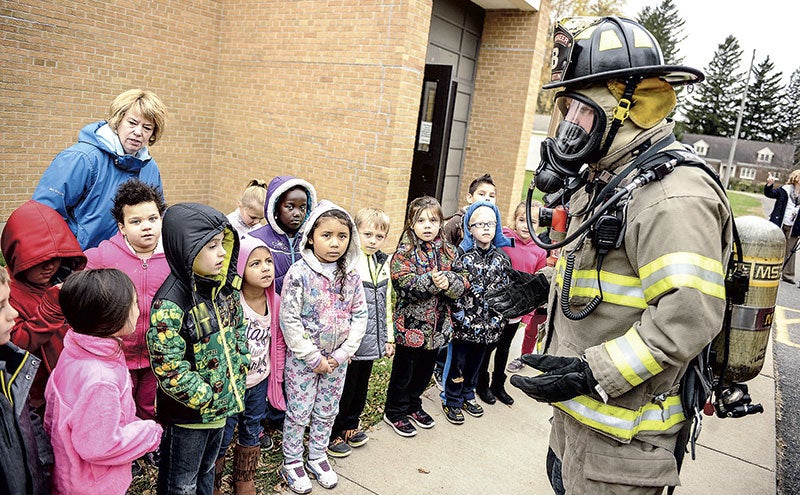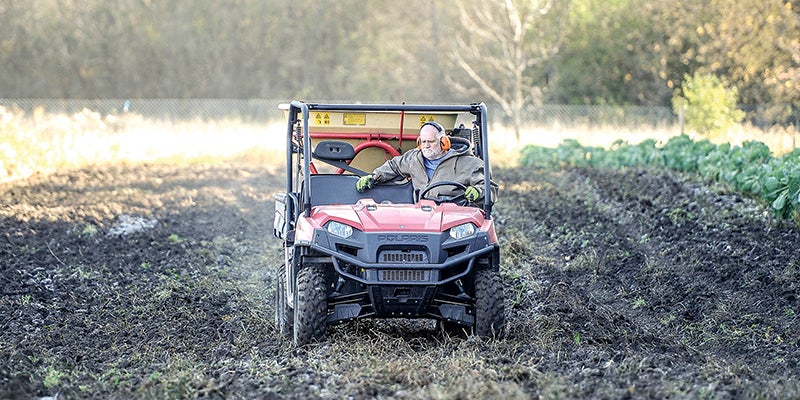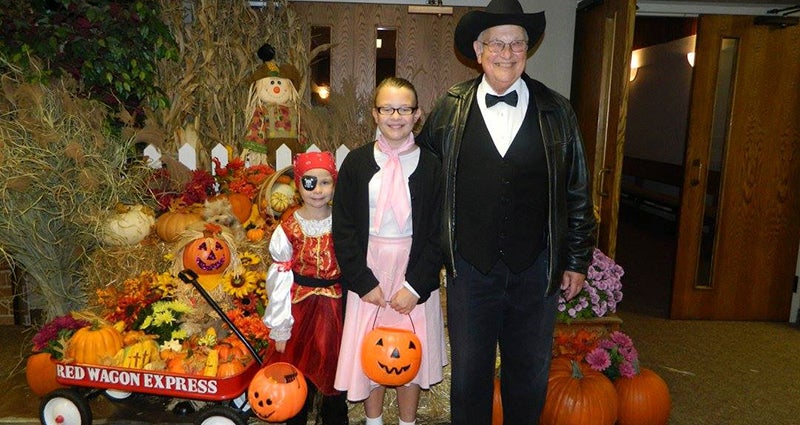New pedestrian crossing should be safer for Austinites
Published 10:19 am Wednesday, August 28, 2013

Dr. Dick Schindler rides down one of two new bike paths constructed recently by the city of Austin near Interstate 90. Eric Johnson/photodesk@austindailyherald.com

Steve Kime, chair of the Vision 2020 Bike and Walk Trail Group plants a sign next to a new bike path just off the eastbound entrance of Interstate 90 Tuesday morning. The signs recognized the city of Austin for the two new bike paths the city constructed recently. Eric Johnson/photodesk@austindailyherald.com
Members of the Vision 2020 Bike-Walk Trail Committee recognized the city of Austin for constructing a new trail segment by Target by placing signs at the trail site Tuesday morning.
The City of Austin designed the two short trail sections, on the east and west side of 14th Street Northwest, just north of the Interstate 90 overpass, to increase safety for those walking and biking to adjacent retail areas.
The city engineer’s office had safety concerns about pedestrians and bicyclists crossing the busy 18th Avenue intersection or cutting across 14th Street Northwest between intersections. A trail to encourage a safer crossing at the 14th Street off ramp area was part of the city’s five-year capital improvement plan. When the Minnesota Department of Transportation installed a new traffic signal on 14th Street north of the overpass, the city began the process of gaining permission from MnDOT to add the trail infrastructure to the MnDOT right of way.
The construction, completed in July, cost $100,000 and was funded entirely by the city of Austin.




